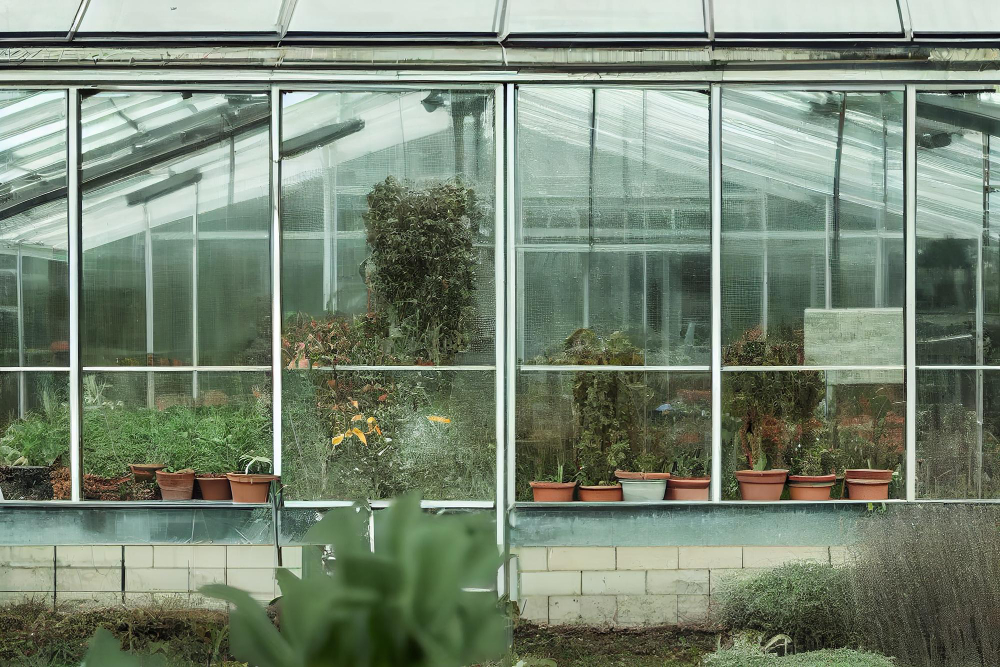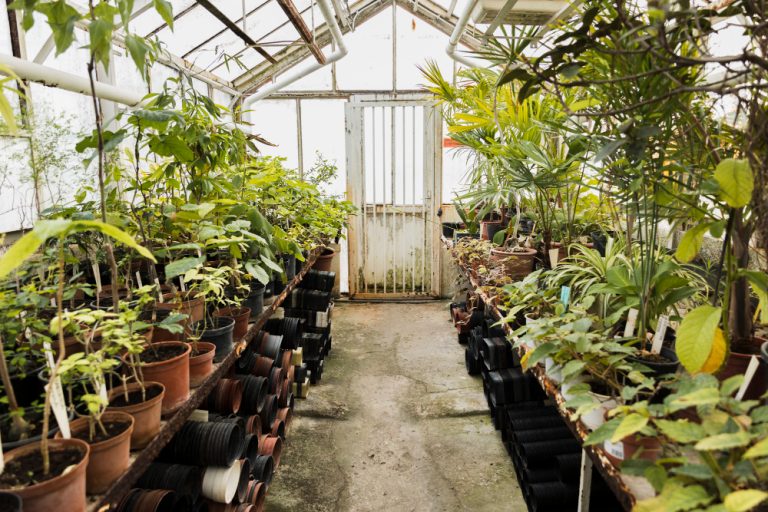
When choosing the best glass for a greenhouse, several factors come into play: light transmission for plant growth, insulation for temperature control, durability for safety and longevity, and cost-effectiveness. Based on a detailed analysis of these factors, the optimal glass type depends slightly on your climate and specific needs, but a general recommendation can be made.
Key Considerations
- Light Transmission: Plants need ample light, especially in the Photosynthetically Active Radiation (PAR) range, to thrive. Glass should maximize sunlight penetration.
- Insulation: Greenhouses require stable temperatures, so the glass should help retain heat, especially in colder climates.
- Durability and Safety: The glass must withstand weather conditions and break safely if damaged.
- Climate: Sunny regions may need light diffusion, while darker, colder areas require maximum light transmission.
Recommended Glass Types
The best glass for a greenhouse is tempered ultra-clear anti-reflective glass for the roof and walls, paired with insulated tempered glass (e.g., double-glazed) for side walls in colder climates. Here’s why:
- Tempered Ultra-Clear Anti-Reflective Glass
- Why It’s Great: This glass offers up to 97.5% light transmission, making it ideal for plant growth. The anti-reflective coating reduces light loss, ensuring plants get maximum sunlight.
- Best For: Roofs and walls, especially in experimental or seedling greenhouses where light is critical.
- Safety: Tempered glass is six times stronger than regular glass and shatters into small, blunt pieces if broken, reducing injury risk.
- Insulated Tempered Glass (Double-Glazed)
- Why It’s Great: With an R-value of 2.1 to 3.45, it reduces heat loss by 70-80%, keeping the greenhouse warm in cold weather while still allowing sufficient light.
- Best For: Side walls in colder climates to balance insulation and light transmission.
- Note: Use greenhouse-specific double-glazing, as standard double-pane glass may fail in humid conditions.
Climate-Specific Adjustments
- Sunny Climates: Consider tempered diffuse glass (91.5% light transmission). It scatters light evenly, reducing heat stress on plants while maintaining good light levels.
- Cold, Dark Climates: Stick with high-transmission ultra-clear glass to capture as much light as possible.
Additional Benefits
- Durability: Tempered glass withstands wind, hail, and accidental impacts better than regular glass, making it a practical choice for long-term use.
- Energy Efficiency: In colder regions, the insulation from double-glazed glass lowers heating costs, offsetting its higher initial price.
Practical Considerations
- Cost: Glass, especially tempered and insulated types, is more expensive than alternatives like polycarbonate. However, its superior light transmission and aesthetics often justify the investment for serious growers.
- Maintenance: Regular cleaning is necessary to remove dust and debris, as even minor buildup can reduce light penetration.
Final Recommendation
For most greenhouses, tempered ultra-clear anti-reflective glass is the top choice for roofs and walls due to its exceptional light transmission and durability. Pair it with insulated tempered glass on side walls in colder climates for optimal heat retention. If you’re in a very sunny area, opt for tempered diffuse glass to protect plants from excessive heat. This combination ensures your greenhouse supports healthy plant growth, maintains a stable environment, and lasts for years.




